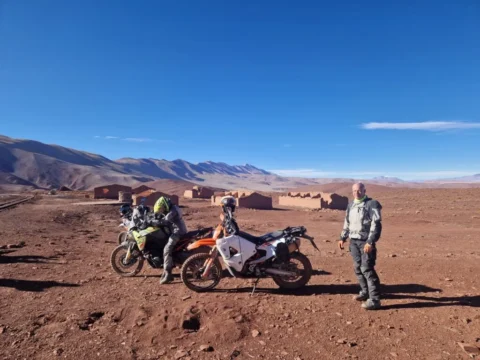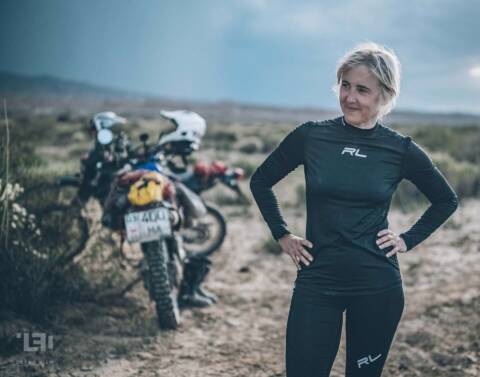Practical Tips from a Motorcycle Tour Guide: Packing for a Motorcycle Trip
Do you ever find yourself preparing for a dream motorcycle trip, but feeling overwhelmed with what and how to pack? Whether you’re an experienced or a novice motorcyclist-traveler, finding the right balance between taking essential items and avoiding overloading your motorcycle is one of the most important points that will make or break the trip. As MotoBirds guides, we lead motorcycle expeditions worldwide and organize motorcycle shipments for travelers. Today, we share with you our know-how on efficient packing for motorcycle travel. We hope this will help you avoid overpacking while still ensuring you have the essentials for your next adventure.
Packing for a Guided Motorcycle Trip
If you’re embarking on a guided motorcycle tour, you’ll require significantly less luggage compared to traveling solo. Most guided tours provide a support vehicle that carries the luggage. Even without a support truck, you’ll still need fewer items since accommodations are arranged, and camping gear won’t be necessary. Here’s what we recommend bringing for your guided motorcycle tour:
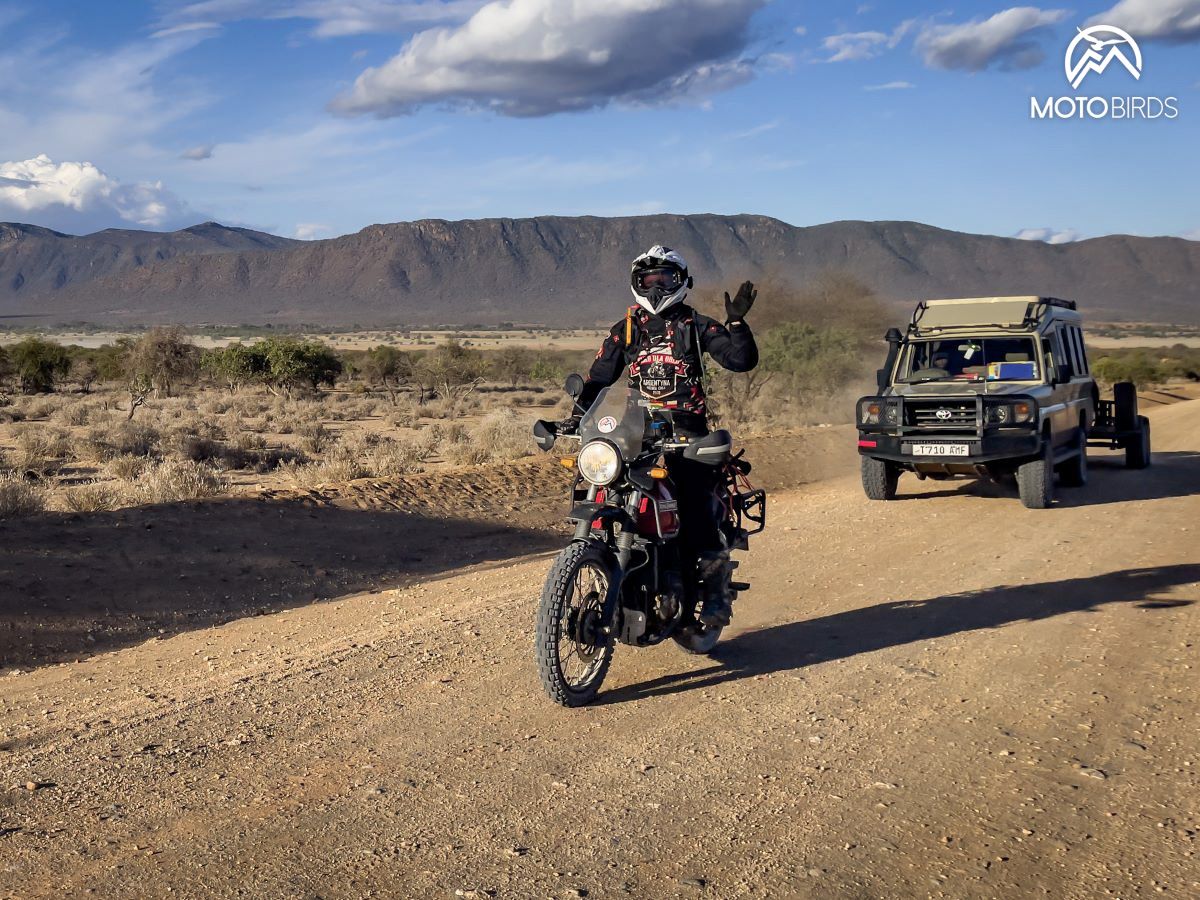
1
Essential documents
Make sure you have your passport, driver’s license (check if you need an international driver’s license), motorcycle registration if you’re riding your own motorcycle (request the registration if you’ll be traveling on a rented motorcycle), travel insurance (remember that according to EU law, travel organizers are obliged to provide basic travel insurance; you have the right to demand it), flight tickets, visas and any other necessary documents required in the specific region you’re visiting. It’s wise to keep these in a waterproof case or Ziploc bag to protect them from unpredictable weather conditions
2
Essentials
Pack a change of clothes, underwear, tennis shoes, a swimsuit, a light jacket, and toiletries. Opt for lightweight and compact clothing options. Carry additional underwear and socks since laundry services may not always be readily available. Remember, prioritize what you need over what you want, as this is an adventure, not a luxury vacation. Toiletries should also be small and lightweight, and keep in mind that items like toothpaste, shampoo, sunscreen, and deodorant can be purchased locally to avoid extra weight at the airport.
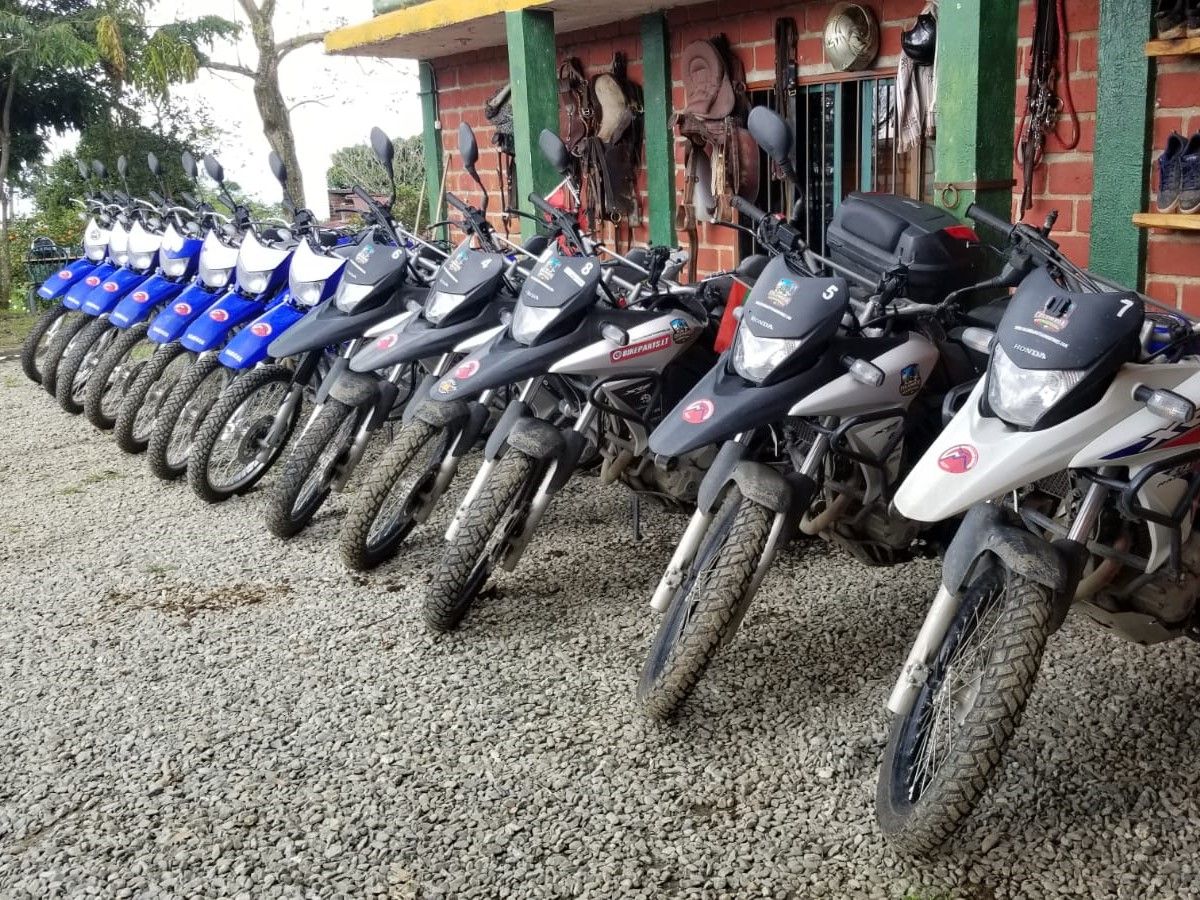
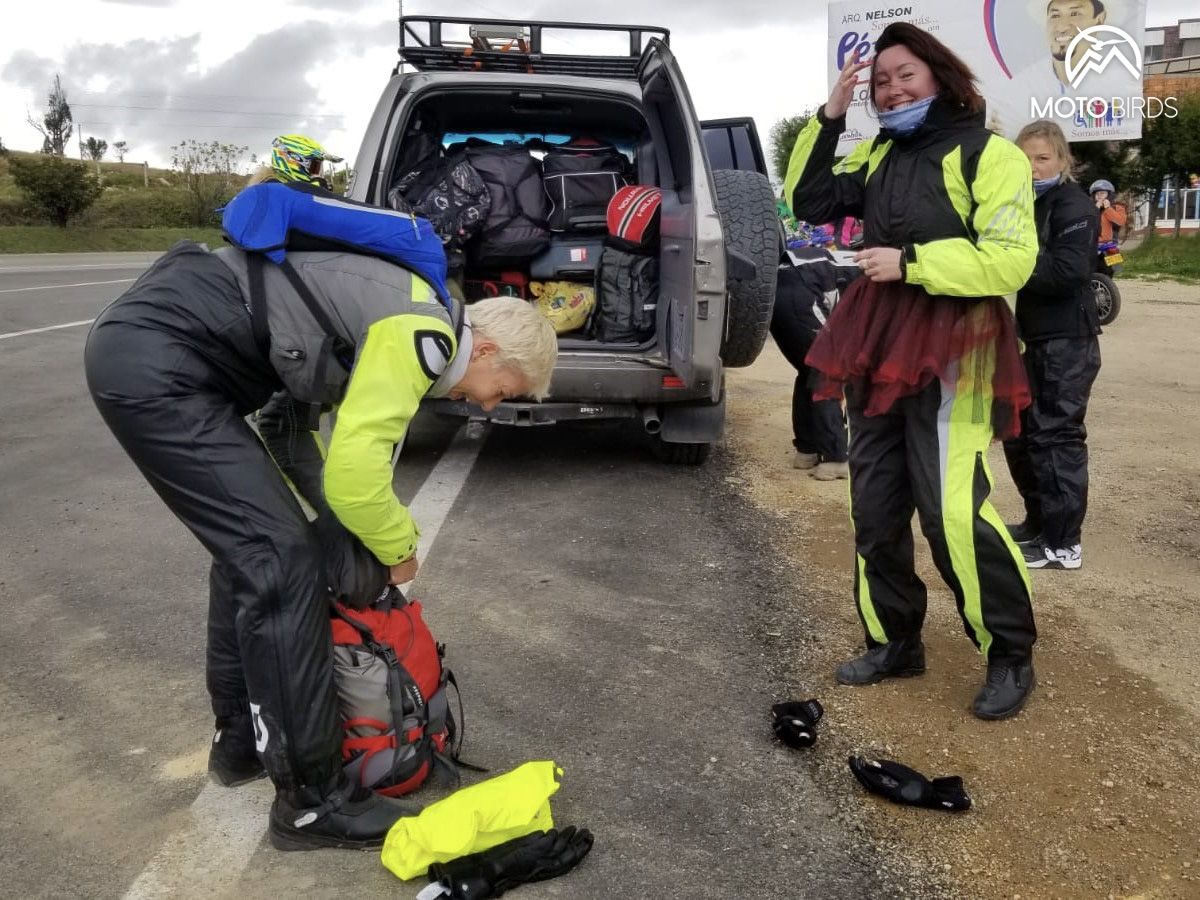
3
First Aid Kit
While guided tours usually provide first aid kits, bring essential items like band-aids, painkillers, stomach pills, and any necessary medications for allergies or medical conditions. Inform your tour guides about any medical conditions beforehand for their awareness and assistance.
4
Electronics
It’s understandable to capture memories through photos and videos, but don’t go overboard with electronic devices. Unless you’re a professional photographer, a smartphone or a small point-and-shoot camera will generally be enough. Avoid carrying multiple drones, lenses, and cameras. To store your photos, bring SD cards or consider using cloud storage. Any always, always pack at least two charging cables for your phone!
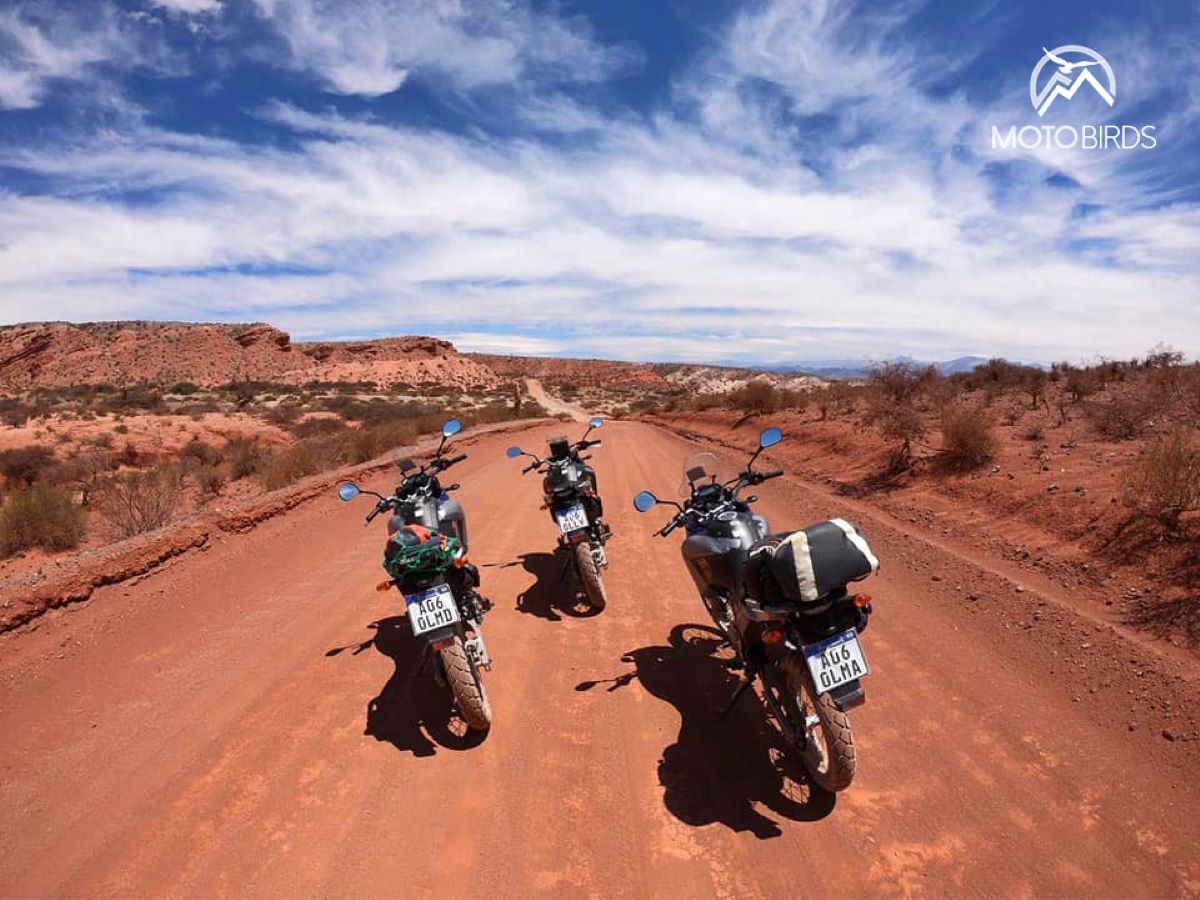
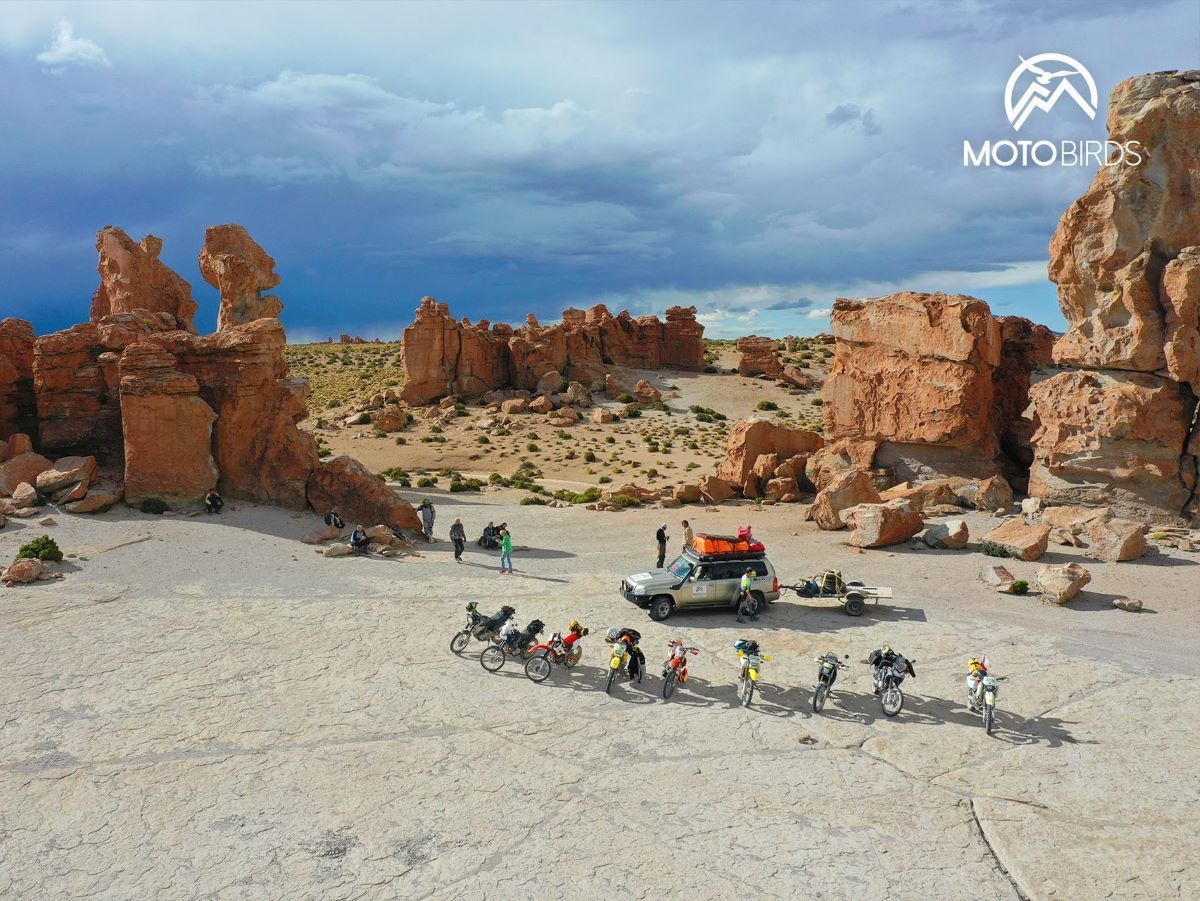
What gear to wear
For motorcycle gear, prioritize a helmet, gloves, boots, and a comfortable riding suit. Choose a four-season riding suit with excellent protection, ventilation, and weather adaptability. Always ask yourself if you’d be comfortable to fall in the gear you are wearing!
When it comes to motorcycle gear, you must definitely bring a helmet, gloves, boots, and a comfortable motorcycle outfit. Avoid testing anything new during the journey, as you might be unpleasantly surprised if something doesn’t work well or doesn’t fit properly. Choose a four-season motorcycle outfit that provides good protection, ventilation, and is suitable for various weather conditions, without going to extremes.
The luggage type
What works best are so-called roll-bags. They are better than the average suitcase. They pack easily in the support vehicle; they are dust and waterproof as well. Do your best to keep your luggage below 20kg – without your riding gear.
How MotoBirds helps you
Before the tour, you will get a suggested packing list. This list is specific to the specific tour you signed up to. The bottom line is, that for a guided motorcycle tour, pack light and focus on the essentials. You’ll have a support vehicle and experienced guides for day-to-day maintenance.
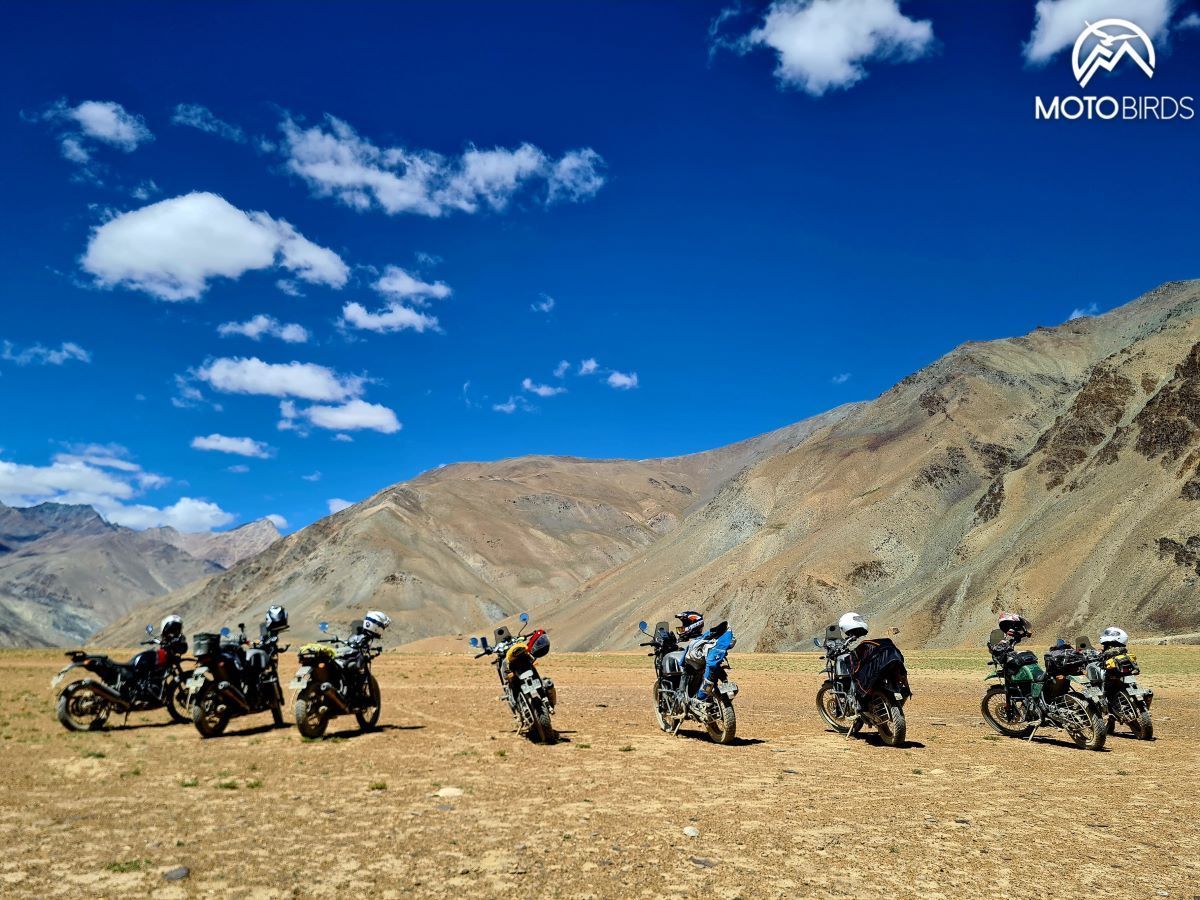

Packing for a Solo Motorcycle Trip
Planning your independent adventure on two wheels requires a more comprehensive packing list. Depending on the roads and accommodations, you’ll need additional items like motorcycle maintenance tools, spare parts, camping gear, and cooking equipment. Here are essential packing items for an independent motorcycle journey, in addition to the previously mentioned ones:
1
Toolkit
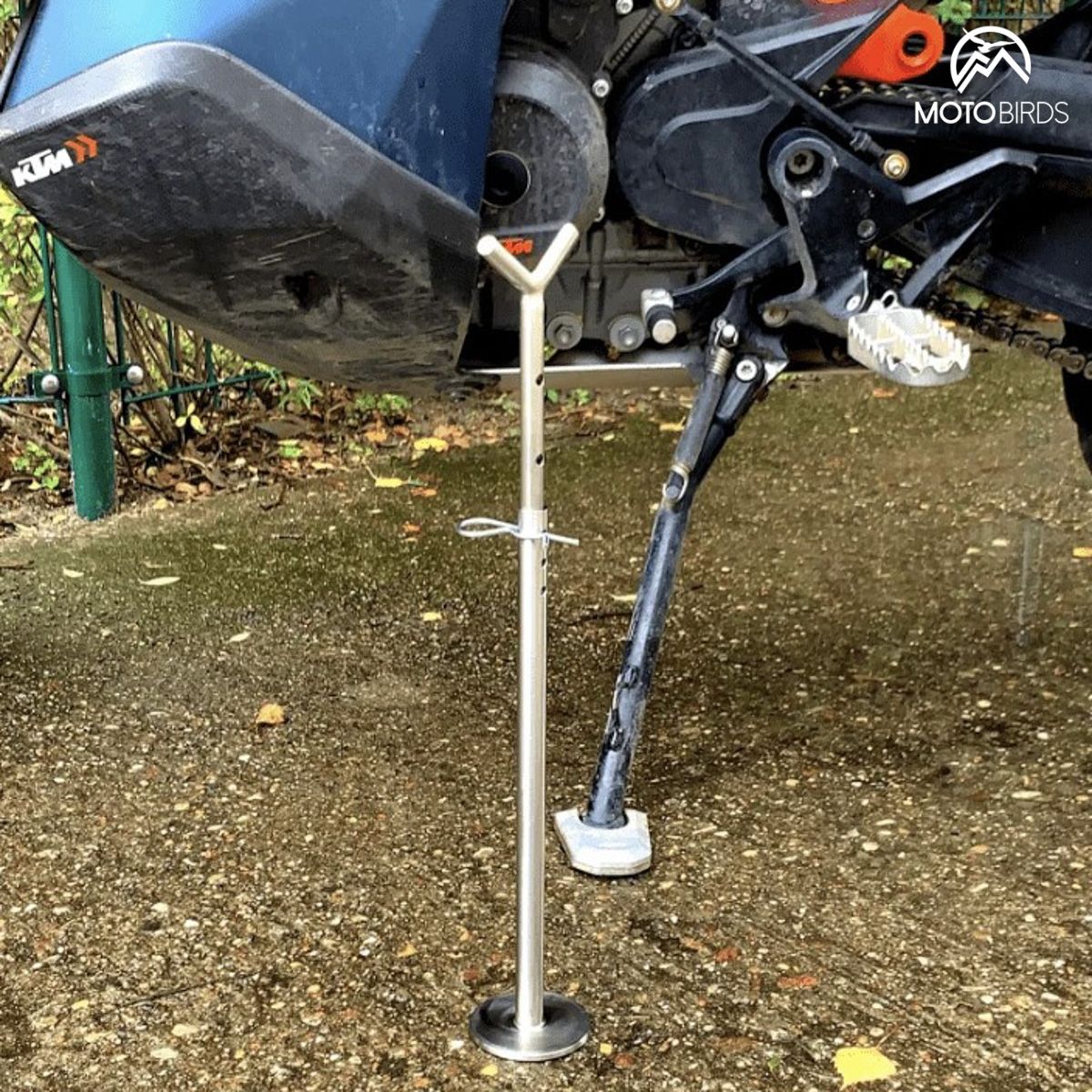
For solo trips, a basic motorcycle maintenance kit is a must. Include a bike-specific tool set, tire irons, a spark plug key, a tire repair kit, spare tire tubes (unless using tubeless tires), and a portable tire pump or compressor. If your bike lacks a center stand, consider carrying a portable sidestand for easier tire repairs.
Additional items like duct tape, Loctite, malleable glue, spare fuses, a spare bulb for your headlight (unless it is LED) , talcum powder (for tubes), a tire pressure gauge, a power bank for jump-starting your bike, and a Leatherman or Swiss knife can prove useful. If traveling to remote areas where extra fuel may be necessary, bring an 8-liter fuel bladder. Some motorcycles may require extra engine oil.
2
Camping Gear
Focus on the essentials, such as a tent, sleeping pad, and sleeping bag. While there’s a wide range of camping products available, these items will suffice. Consider including a small, foldable camping chair if desired. For cooking gear, keep it compact and lightweight. A foldable cooking stove, cooking gas, a small pot, foldable plate, cup, and a knife and spoon should be adequate. Bring coffee, salt, pepper, and a four-liter water bladder for remote locations. To save space, use a titanium spork instead of multiple utensils, and consider carrying a Leatherman or Swiss knife. If you use a multi-fuel stove, bear in mind that they must be maintained. Do the maintenance before every trip, in all cases, or at the very least, at least every year! And pack a set of seals to be one the safe side.
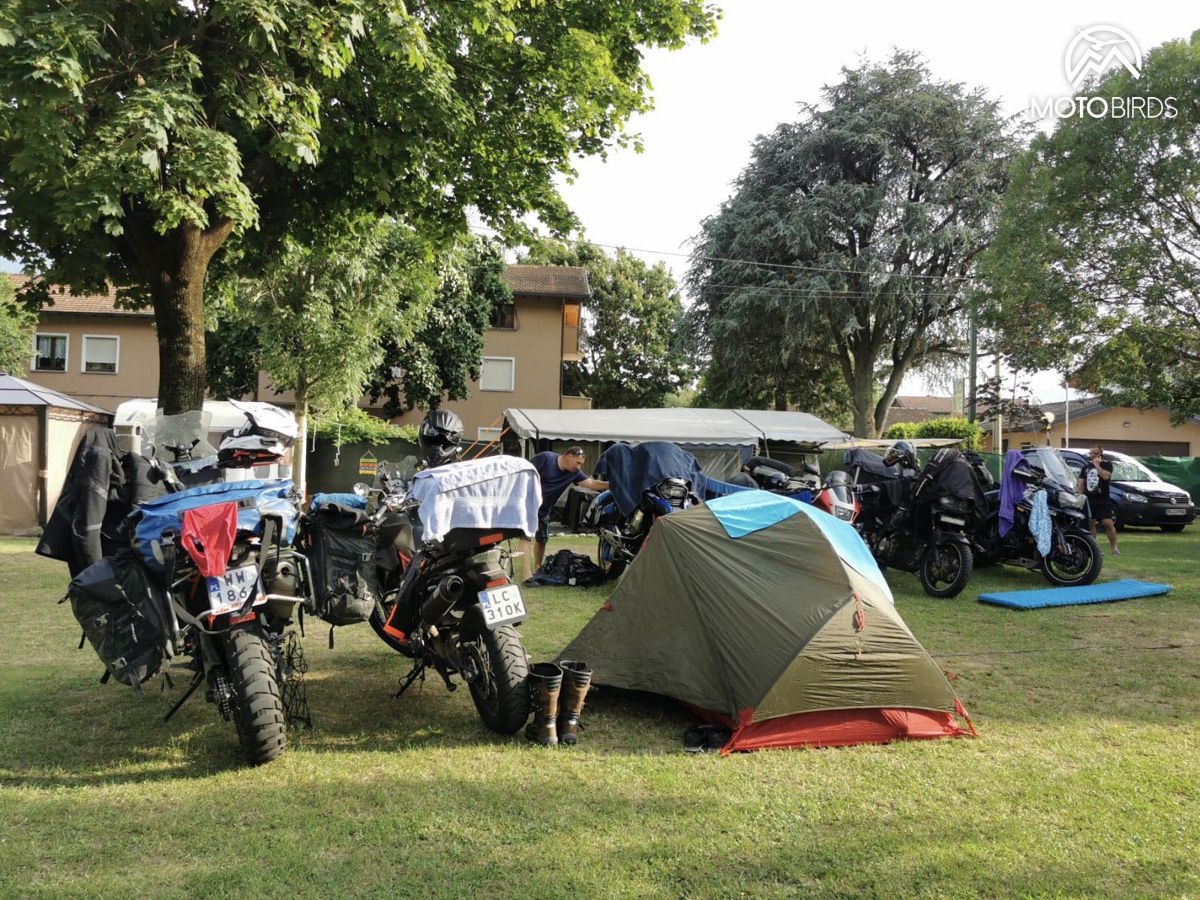
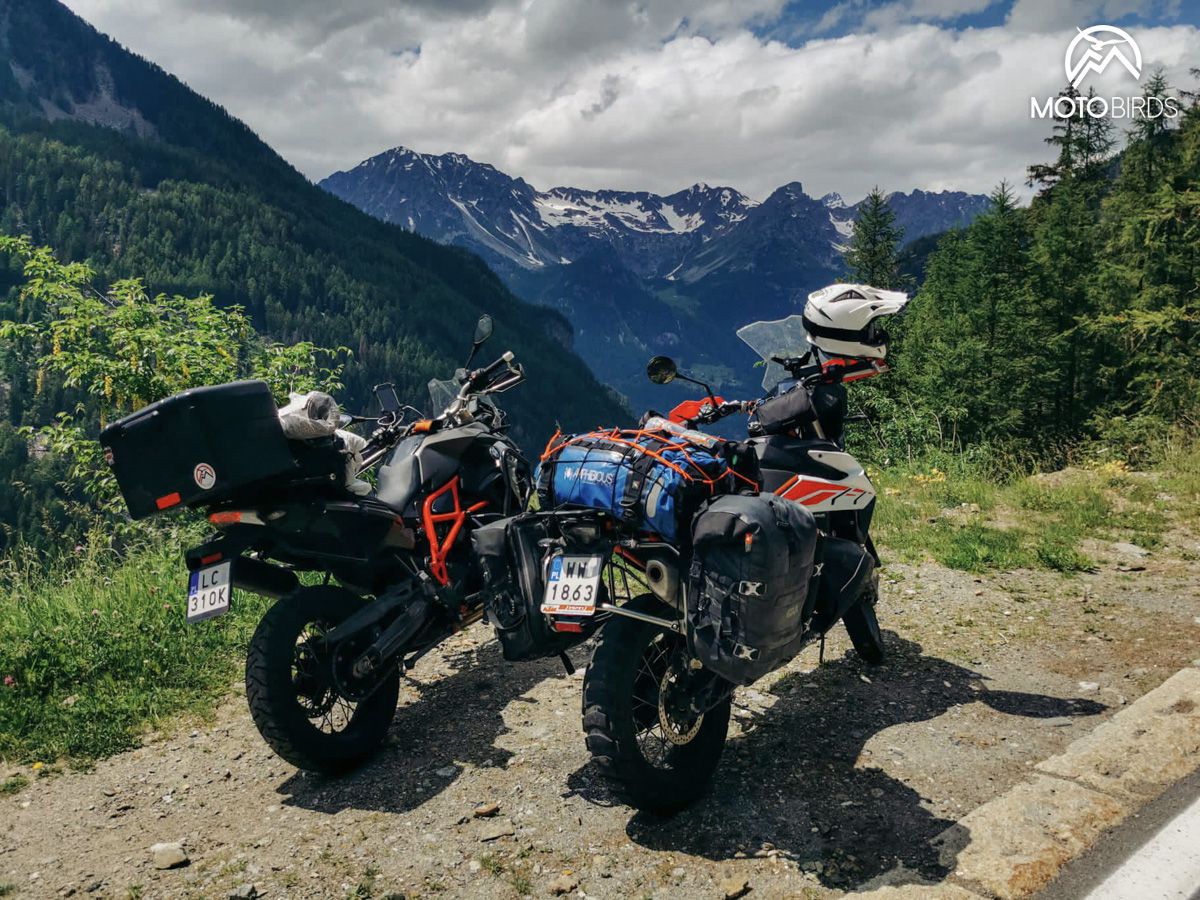
3
Luggage
The debate between hard panniers and soft bags is ongoing, but for off-road riding, soft panniers are recommended for increased safety during falls. We like Mosko Moto, 21Brothers and Kriega for their durability, reliability, and waterproof qualities.
If you choose metal panniers, they will be heavier, period. But they lock. Now, a determined thief will not need long to break those locks. So, keep the weight in mind and pick the soft or hard luggage you like. We did a comparison between Givi and Mosko Moto you can read here.
If you’re going to go places where you can’t find a tire repair place easily, and your bike does not have a central stand, give serious consideration to a portable side-stand. We have a pretty good one. And read about that thing here.
4
Medical kit
This ich difficult one… Bring something that you will be able to use. And always make sure that you are familiar with the content of your kit. We ran a test of one you can read about.
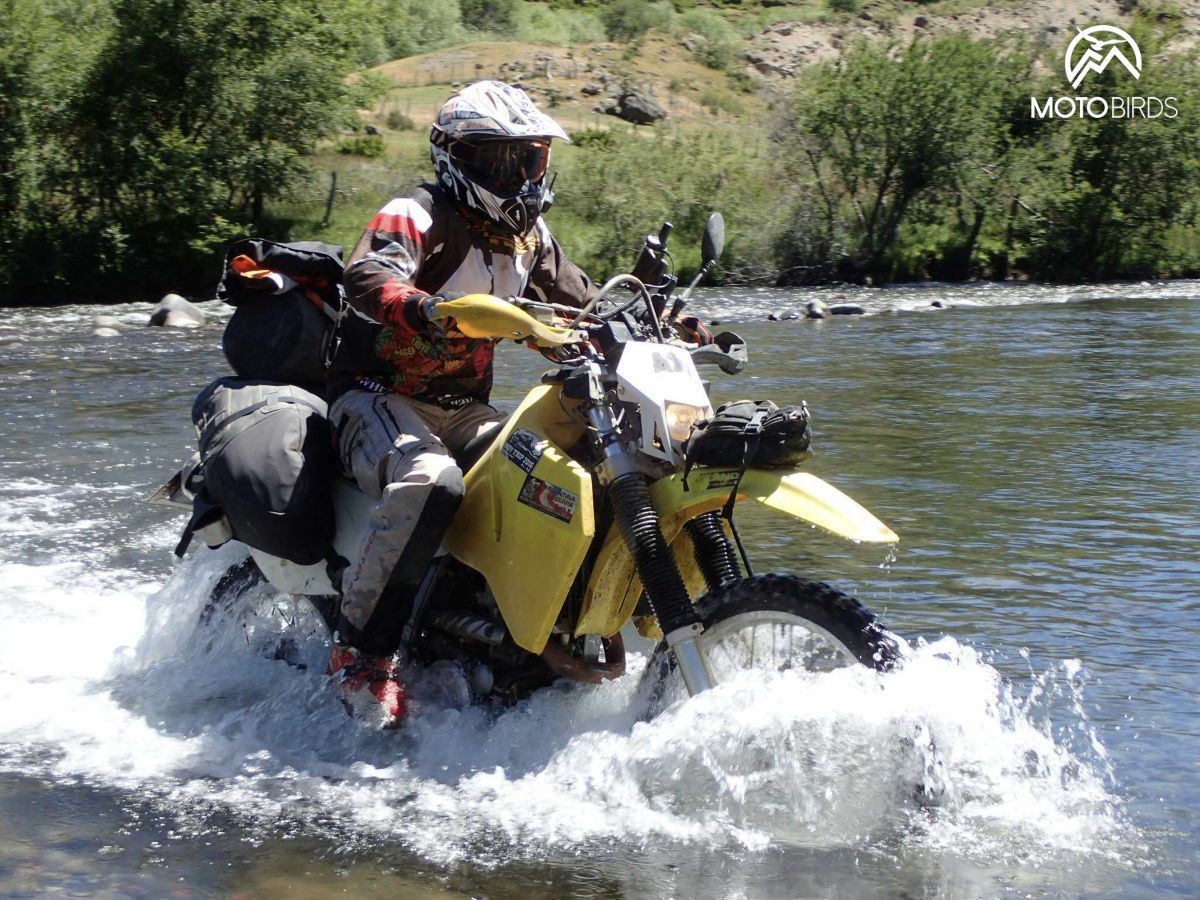
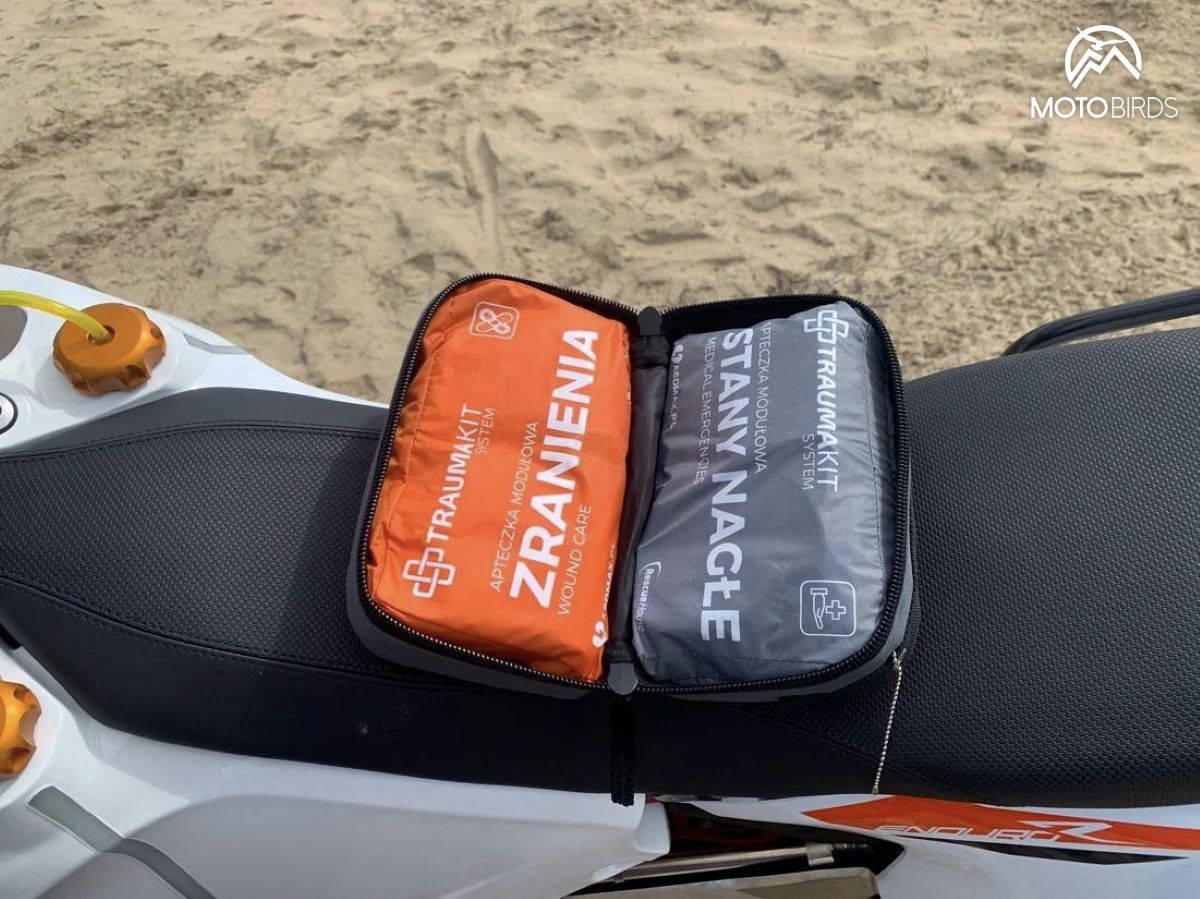
And also…
Additionally, consider packing miscellaneous items like wet wipes, paper towels, Rok straps, sunscreen, lip balm, a clothesline (long string), a hat, Ziploc bags, rubber bands, zip ties, earplugs, a small candle for lubricating zippers, small pliers, and a spare USB 12V plug. Never leave without a small can of WD40!
From experience, the only strapping systems which really work are the kind similar to Rok-Straps. Everything else has caused problems. But always make sure you have a couple of normal straps as backup somewhere in your luggage. We’re sure you’ll thank us for this.
Before hitting the road, always, always review the weight of your luggage. Weight is key! Aim for a 20 kg limit packed weight. You’ll thank us later!
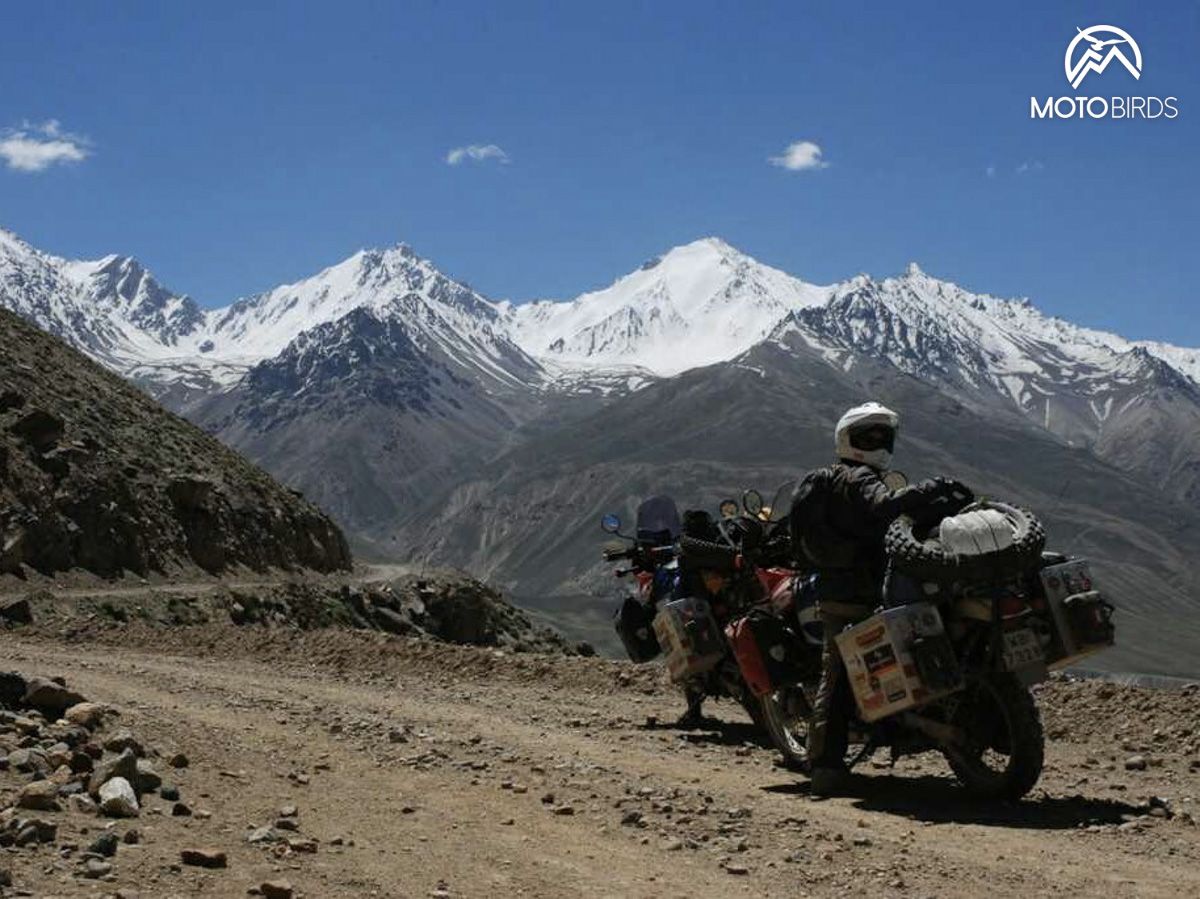


Newsletter subscribers get more!
Join MotoBirds Soaring Newsletter and don't miss any important content, gear tests, travel inspirations and newest offers in the future! We'll also let you know about fresh publications on our blog.

